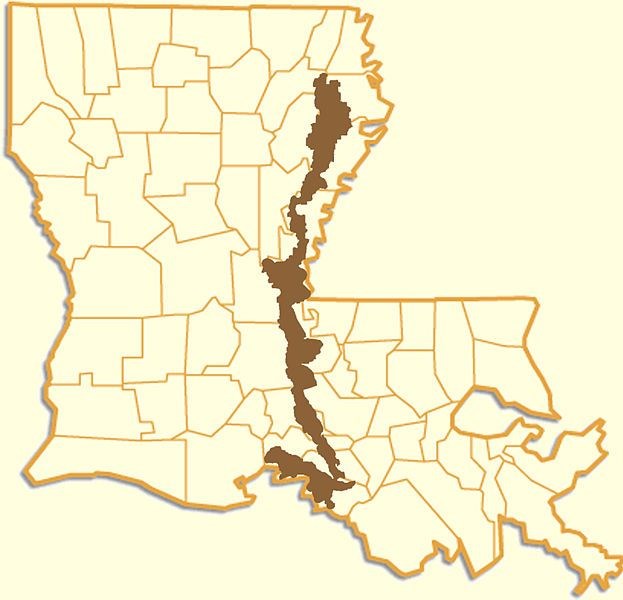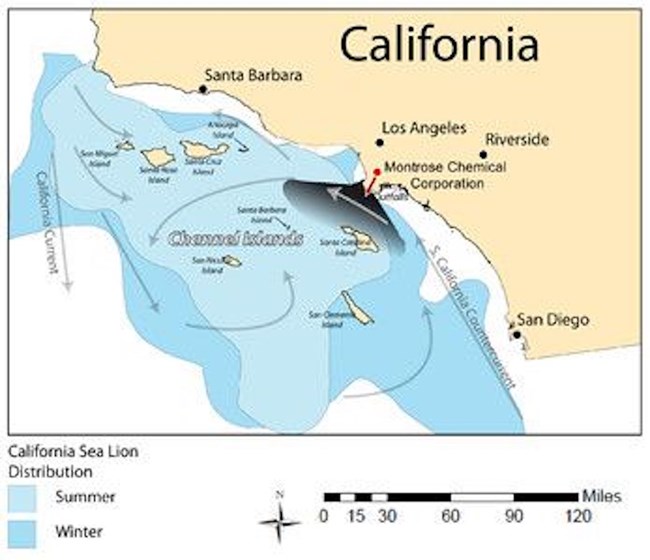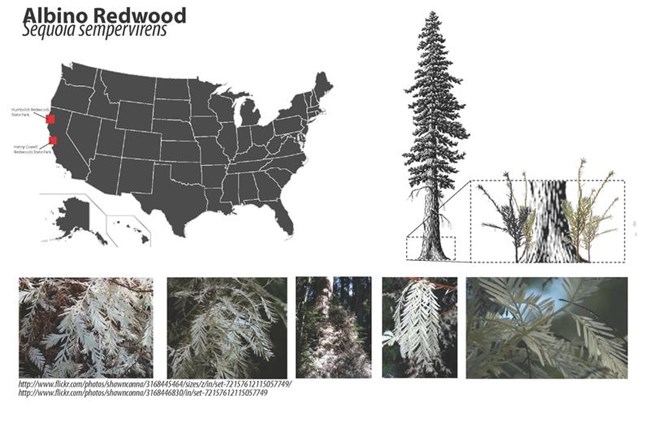Last updated: April 7, 2025
Article
Podcast 044: Incorporating Wiki-based Assignments in Higher Education

Louisiana State University
Wiki-Based Assignments
Stephanie Byrd: Welcome to the Preservation Technology podcast. I’m Stephanie Byrd, and today I’m talking with Bruce Sharky, a landscape architecture professor at Louisiana State University.
Welcome Bruce!
Bruce Sharky: Hi, Stephanie. Thanks for arranging for this.
Stephanie Byrd: Now, Bruce, you’ve been working to incorporate Wiki-based assignments into your classes, can you describe the projects for our listeners?
Bruce Sharky: Sure. I’ve done it in advanced studios, I’ve done it with graduate students – second year graduate students – and I’ve done it with seniors, undergraduate, and the classes that I’ve had with graduate students has been in regional planning and the assignment was what I called “Rain, Wind, and Fire,” and each of the students is assigned a natural phenomena, such as hurricanes, global warming, ground subsidence...
Bruce Sharky: And each one is assigned one of those topics and is to develop a storyboard to explain their phenomena, to explain how it works, all the factors, what’s the impact on the landscape over time, and as a part of that, I have them go to Wikipedia and find their topic, and one of the diagrams that they’re to develop to be in their final storyboard presentation is to be a diagram that could be incorporated into an already written Wikipedia article on their assigned phenomena...
Bruce Sharky: With the idea of the one of the landscape architect’s roles could be, in contributing to the body of knowledge, is to make the information in, say, a scientific article, more accessible through diagrams. Good visualization of a concept, and so, basically that’s been the assignment, and I’ve done it for two years.
With the undergraduates, I’ve teamed up with a biology teacher here at LSU who has upper division students, and they’re assigned something somewhat similar having to do with the coast of Louisiana in biology and we team up one of my students with one of their students. They’re students basically do the research and then serve as a client to my students who they request to develop a diagram to be included in the biology student’s report.
So, basically, those are the two assignments. The first, again, with the graduate students, and that’s a standalone, the students working through Wikipedia making their contribution there, and the second is with seniors working with biology students.
Wikipedia Submission
Stephanie Byrd: Now, with the undergraduate project, was their report then translated into a Wiki article, or was it a standard report that was turned into the professor?
Bruce Sharky: The goal was for the report to be submitted to Wikipedia for consideration, and in the case of the graduates, the students would then post their diagram and it would go through the review process that Wikipedia has established. Some of them have actually been incorporated into an article.
Stephanie Byrd: Why did you choose to have your students adding graphics to Wikipedia articles rather than written content?

Wikipedia
Planning Design Project
Bruce Sharky: The course was a studio course, and this was some early research that I had them to do for a semester long project, which was going to be a planning design project, and it was not meant as a report. Basically, Wikipedia several years got a grant to try to facilitate and have more and more university involvement in developing Wikipedia contributions, and they had targeted students.
Bruce Sharky: Actually, in, not even in the sciences, it was in the social sciences, but I happened to be in this meeting, and I offered that I wanted to be involved with my students. I thought it would be a good learning process for my students for them to understand better how Wikipedia works and the quality of the articles and the information that one can get from Wikipedia and, at the same time, make a contribution.
Graphical Communication of Complex Ideas
Bruce Sharky: I wasn’t about to have them write a paper on ground subsidence on the coast, although they did do a storyboard and essentially it was a visualization of explaining the phenomena as opposed to doing some kind of research on the phenomena.
The assignment of developing a graphic for their assignment improved the quality of their ability to communicate, say, complex ideas, graphically or visually, which I thought was important.
Stephanie Byrd: And it makes it so that the student’s work is also bettering people’s understanding like you were talking about earlier.
Bruce Sharky: You really have to understand something to draw it, to draw a really good graphic that communicates, very quickly, and is accessible, understood, by all levels of people looking at the article.
Stephanie Byrd: You’ve said that you’ve done assignments like this for several semesters now, how has the assignment changed or evolved over time?
Continuous Improvement
Bruce Sharky: The assignment has evolved in that the first two times I did it, it was students in a class, working individually to make their contribution and that their work was then posted to be reviewed by the Wikipedia community and then critiqued, and if it eventually became acceptable it was included. In the second case, the assignment changed in that their client, so to speak, was someone in another profession, namely biology.
Bruce Sharky: So the goal in the second case, and I’ve done that twice now, as well, was for my students to learn, to have experience talking to people in other disciplines and working together to arrive at some common goal. So, in the second case, I added the layer of working with someone in another discipline and actually establishing a client-consultant relationship, which I thought would be a good experience for the students.

Wikipedia
Bruce Sharky: The graduate students actually had, I think, a better experience in that they were actually, once they posted their diagram, they were getting feedback [from] all over the world, cause it’s posted and anyone, I mean there are people all over the world that spend a lot of time as reviewers of Wikipedia articles.
Bruce Sharky: I don’t think there’s any other venue that gets vetted as on the Wikipedia review community and we had people in, literally, from many parts of the world critiquing the students. The students really then, not that they didn’t take it seriously, but they got much more serious about what they were doing because they realized that people took them seriously and were giving them critiques that they were not used to, say, in a design studio critique.
Stephanie Byrd: Well, Bruce, thank you so much for joining us today and I wish you the best of luck in your further Wiki projects.
Bruce Sharky: Very good, and thank you, Stephanie. Good luck.
Read other Preservation Technology Podcast articles or learn more about the National Center for Preservation Technology and Training.
